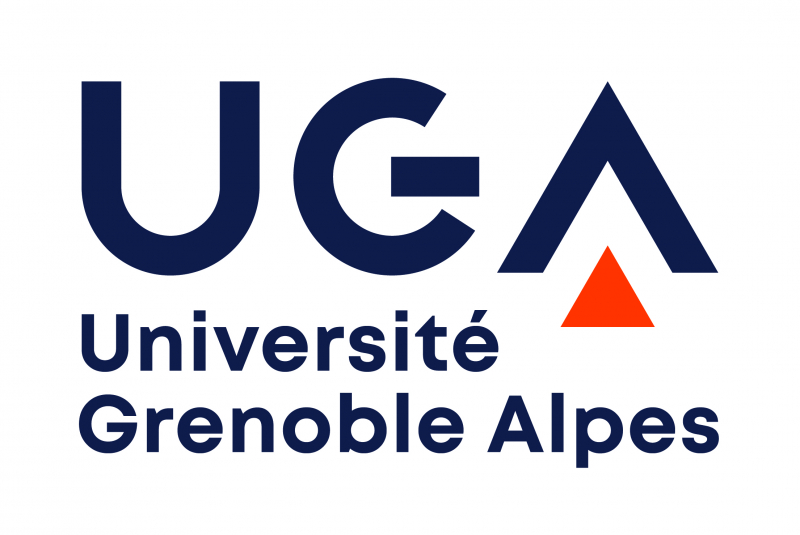Increasing input interaction expressiveness using eyes-free multi-finger interaction
Facing the ever-growing number of functionalities performed with a computer in various contexts of use (e.g., desktop computers, augmented tables, mobile phones), users must access an expanding command space. This comes at a cost of more complex interaction paths through several steps and interaction modes. In this context the proposed research aims at increasing the expressive power of input without sacrificing the ease to learn and perform interactions by leveraging eyes-free multi-finger interaction. The PhD thesis aims at increasing interaction expressiveness using eyes-free multi-finger interaction. By doing so we particularly target users with visual impairments. Contexts of use are numerous. For instance, how to increase interaction expressiveness: - when exploring multisensory maps used by visually impaired primary school pupils; - when editing audio-tactile drawings; - when exploring maps on a touchscreen mobile device. The research goal is to devise new ways of augmenting these interactions.


 Sign in
Sign in














